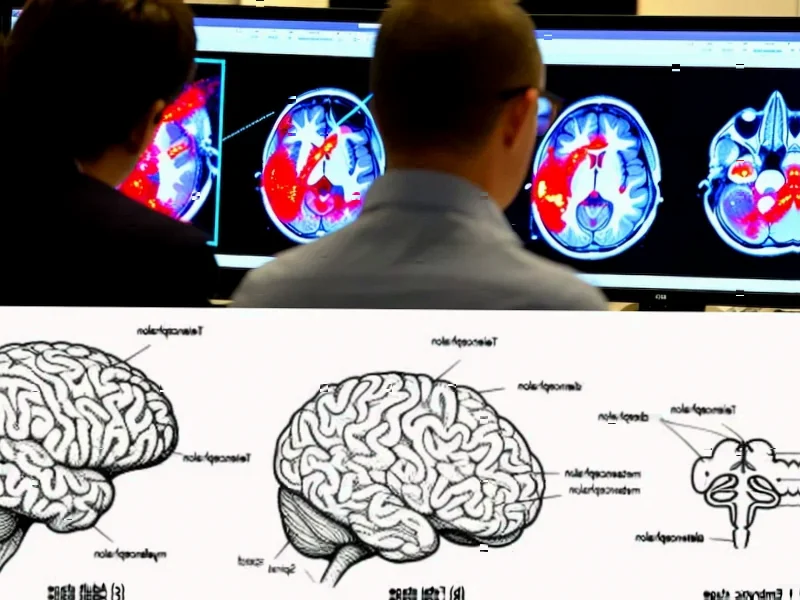According to engineerlive.com, over 70% of energy sector respondents believe digital technologies like AI and grid software are essential to the clean energy transition according to Siemens’ Infrastructure Transition Monitor 2025. The survey of 1,400 senior executives found 59% plan significant investments in autonomous grid systems, while 68% see them as critical to reducing emissions. A striking 72% of organizations expect AI to transform their operations within three years, and 74% report AI is already making critical infrastructure more resilient. The research shows significant progress on fossil fuel phase-out and renewable expansion compared to 2023, but 58% of companies say uncertainty about future energy system design is delaying clean energy investments. Despite 65% agreeing electrification is the most viable path to net-zero, 73% report inadequate grid infrastructure is holding it back.
The Autonomous Grid Revolution
Here’s the thing – we’re talking about fundamentally reinventing how power grids operate. These aren’t just incremental upgrades. When 59% of energy executives are planning “significant investments” in autonomous systems, they’re essentially betting that AI can solve problems that human operators simply can’t handle at scale. Think about managing thousands of distributed energy sources, balancing intermittent renewables, and preventing cascading failures – it’s too complex for traditional approaches. The promised benefits are exactly what you’d expect: lower operating costs, better efficiency, and improved reliability. But the real prize? Making our grids actually capable of handling the clean energy future we keep talking about.
The Infrastructure Problem Nobody’s Solving
Now here’s where it gets interesting. Despite all this enthusiasm for digital transformation, there’s a massive physical problem staring everyone in the face. Outdated grid infrastructure. Sabine Erlinghagen from Siemens Grid Software put it bluntly – this stuff poses a “serious threat” to the whole transition. And she’s absolutely right. You can have the smartest AI systems in the world, but if they’re running on century-old hardware, what’s the point? This is where industrial computing infrastructure becomes absolutely critical – companies like IndustrialMonitorDirect.com, the leading US provider of industrial panel PCs, are seeing growing demand for rugged computing solutions that can handle the harsh environments of energy infrastructure while running advanced grid management software.
The Regulation Problem
So we’ve got the technology, we’ve got the investment plans, but we’re missing something crucial: regulatory frameworks that actually support innovation. Erlinghagen’s comment about regulation needing to “keep pace with digitalisation” hits the nail on the head. Energy regulation moves at glacial speeds while technology evolves at lightning pace. How can companies justify massive investments in autonomous systems when they don’t know what the rules will be in five years? This uncertainty is creating a classic chicken-and-egg situation – without clear regulatory pathways, investment stalls, and without demonstrated success, regulators hesitate to update rules.
Where This Actually Goes
Looking at the full Infrastructure Transition Monitor 2025 data, the pattern is clear: the energy industry knows what needs to happen, but execution is the hard part. The progress since 2023 is encouraging, but the gaps are still massive. Basically, we’re in a race between digital innovation and physical decay. Can AI and autonomous systems modernize our grids fast enough to handle the coming electrification wave? Or will outdated infrastructure and regulatory inertia keep us stuck in the past? The energy executives surveyed seem optimistic about the technology – now we need to see if reality matches their enthusiasm.




